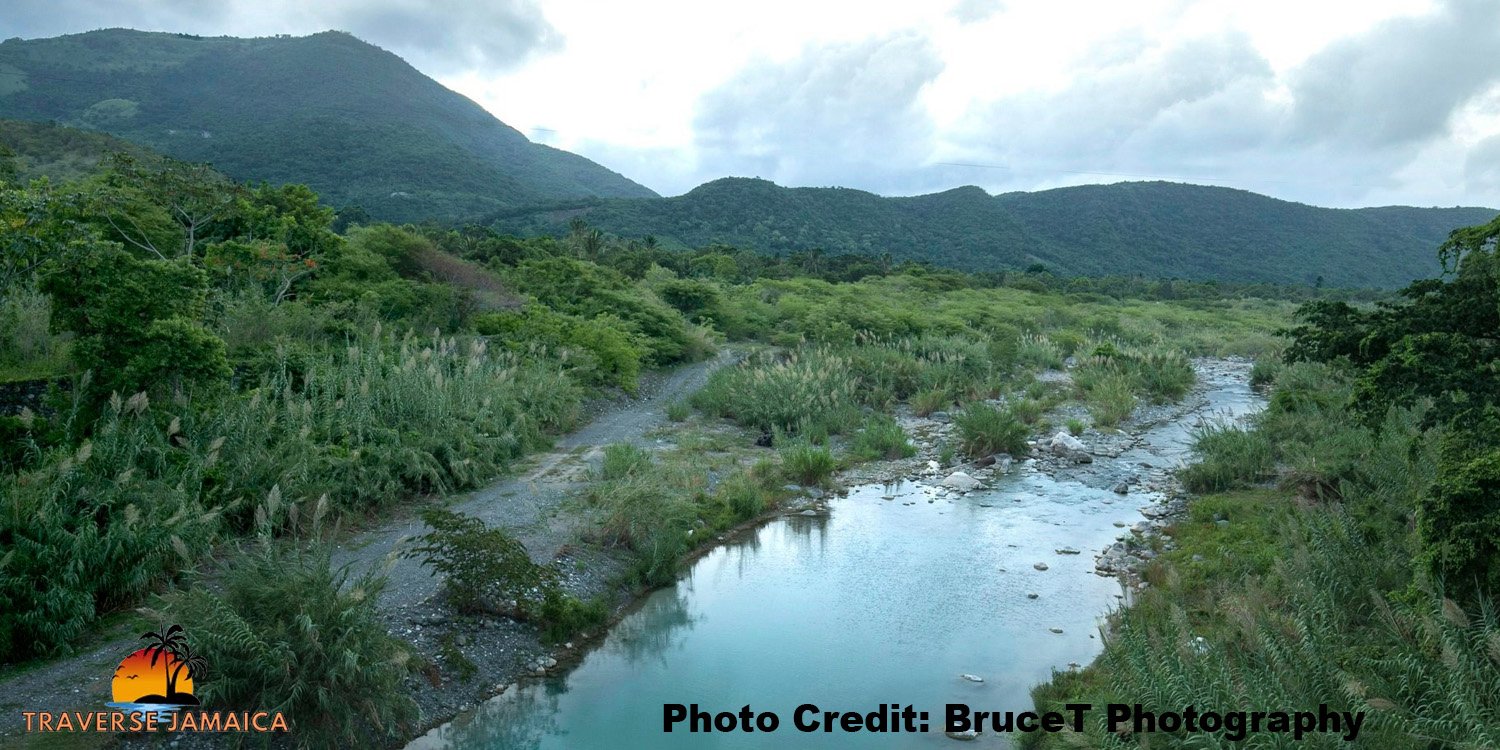The Diversity of Epiphytes in Jamaican Forests
Jamaica’s forests are a hotspot for biodiversity, and one of the most fascinating yet often overlooked elements of this ecosystem is the epiphyte. These “air plants” don’t root in soil—they grow on other plants, mainly trees, without taking nutrients from their hosts. Instead, they absorb moisture and nutrients from the air, rain, and debris that collects around them. In Jamaica’s moist mountain forests and lowland rainforests, epiphytes thrive in astounding variety and abundance.
Epiphytes aren’t a single type of plant; they’re a lifestyle category that includes a wide range of plant families. Orchids, bromeliads, ferns, mosses, and lichens are all well-represented in Jamaican forests. Some of the island’s most striking orchids are epiphytic, including species that exist nowhere else on Earth. These plants cling to tree branches high in the canopy, drawing water from the mist and humidity that’s so common in Jamaica’s montane regions.
Orchids: The Stars of the Canopy
Jamaica is home to over 200 species of native orchids, and around one-third of them are endemic. Many of these are epiphytes. Species like Broughtonia sanguinea, with its vivid red flowers, or the rare Encyclia phoenicea with a scent reminiscent of chocolate, make their homes in the crooks of branches and on the bark of trees. These orchids don’t rely on soil—they depend on moisture from the air and nutrients trapped in decaying organic matter.
Their presence is not just aesthetic. Orchids serve as important indicators of environmental health. Because they are sensitive to changes in moisture, light, and air quality, their decline often signals shifts in the ecosystem—especially those triggered by climate change or deforestation.
Bromeliads and Tank Plants
Equally fascinating are the bromeliads, especially the so-called “tank” bromeliads that collect rainwater in their leaf bases. These miniature reservoirs provide microhabitats for insects, frogs, and even small invertebrates, contributing to the complexity of the forest food web. In the Cockpit Country and the Blue Mountains, bromeliads line the trees, creating layers of life within life—plants growing on plants, hosting animals inside them.
Ferns, Mosses, and Lichens: Quiet Contributors
While less showy than orchids or bromeliads, epiphytic ferns, mosses, and lichens are equally crucial. They help retain moisture in the forest, prevent erosion by catching rainfall, and support fungi and bacteria that break down organic material. These organisms contribute to the nutrient cycles of the forest and help stabilize the delicate balance of Jamaica’s highland ecosystems.
Why Epiphytes Matter
Epiphytes play a vital role in the ecology of Jamaica’s forests. They enhance biodiversity, contribute to water retention, and create niches for countless species. Their ability to survive without soil allows them to occupy vertical space, effectively expanding the living area of the forest.
However, these plants are under threat. Deforestation, agriculture, mining, and climate change are all putting pressure on Jamaica’s forests—and by extension, on the epiphytes that rely on them. Because many epiphytic species are endemic, meaning they exist nowhere else in the world, their loss would be permanent.
Protecting Jamaica’s Aerial Forest
Conservation of epiphytes is tied to protecting Jamaica’s forests as a whole. Preserving places like the Blue and John Crow Mountains National Park or the rugged Cockpit Country ensures that these unique plants—and the entire ecosystems they support—can continue to thrive. Ecotourism, reforestation projects, and stricter environmental protections all have a role to play.
For locals and visitors alike, understanding the diversity of epiphytes opens up a new way to see the forest—not just as a collection of trees, but as a multi-layered, living world where even the air seems to grow green. These plants may not touch the ground, but they’re deeply rooted in the health and future of Jamaica’s natural landscape.









